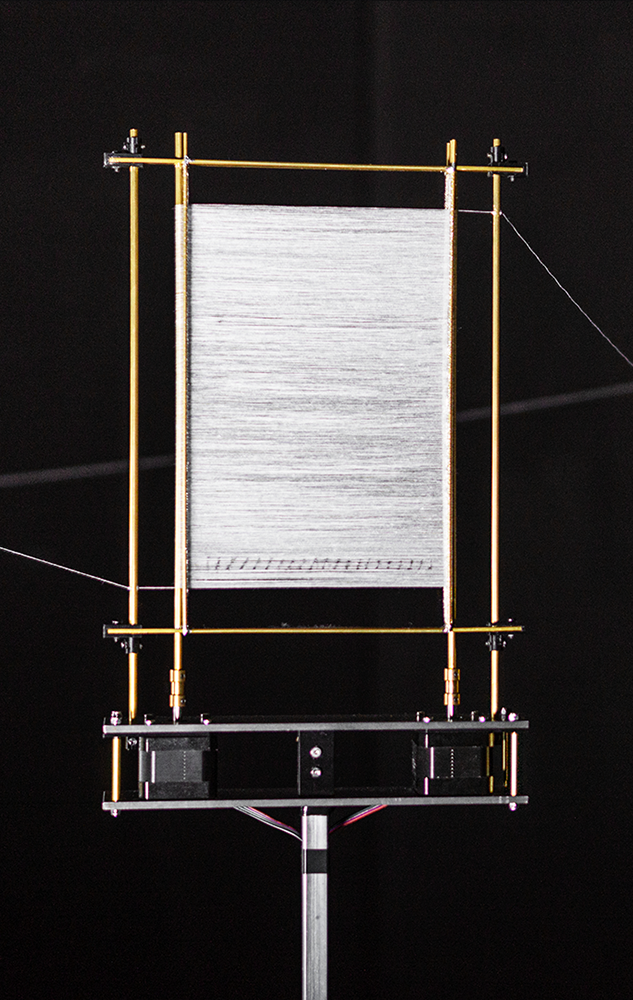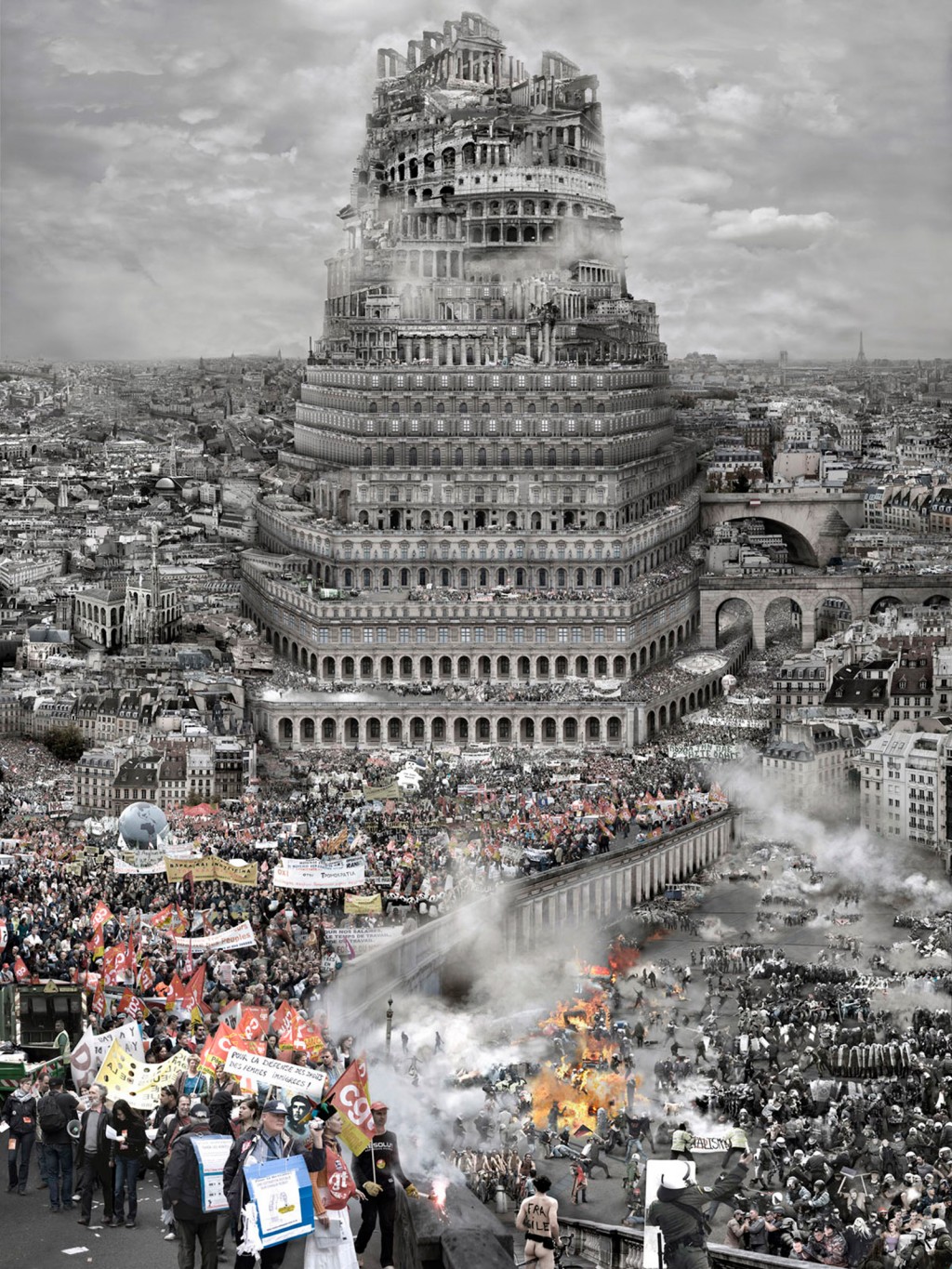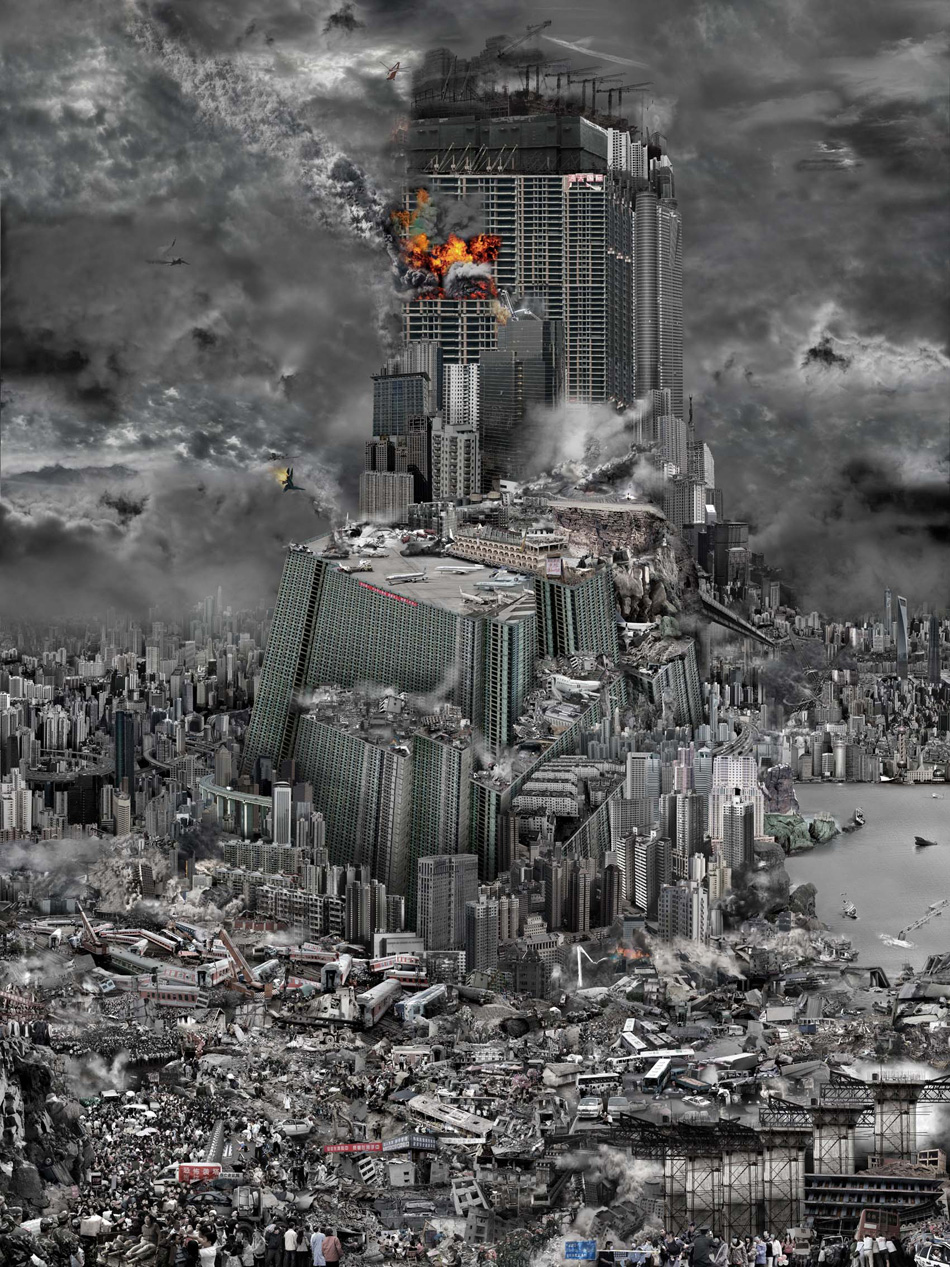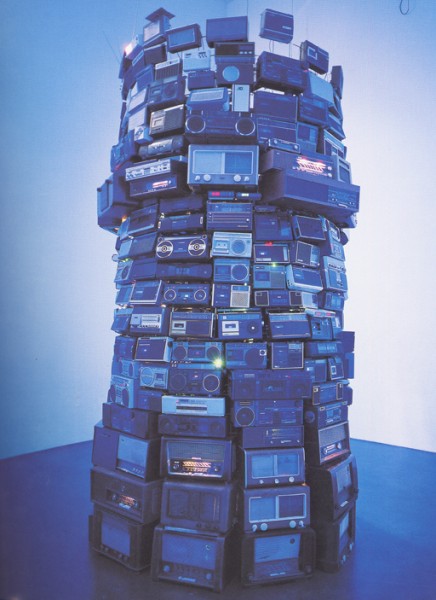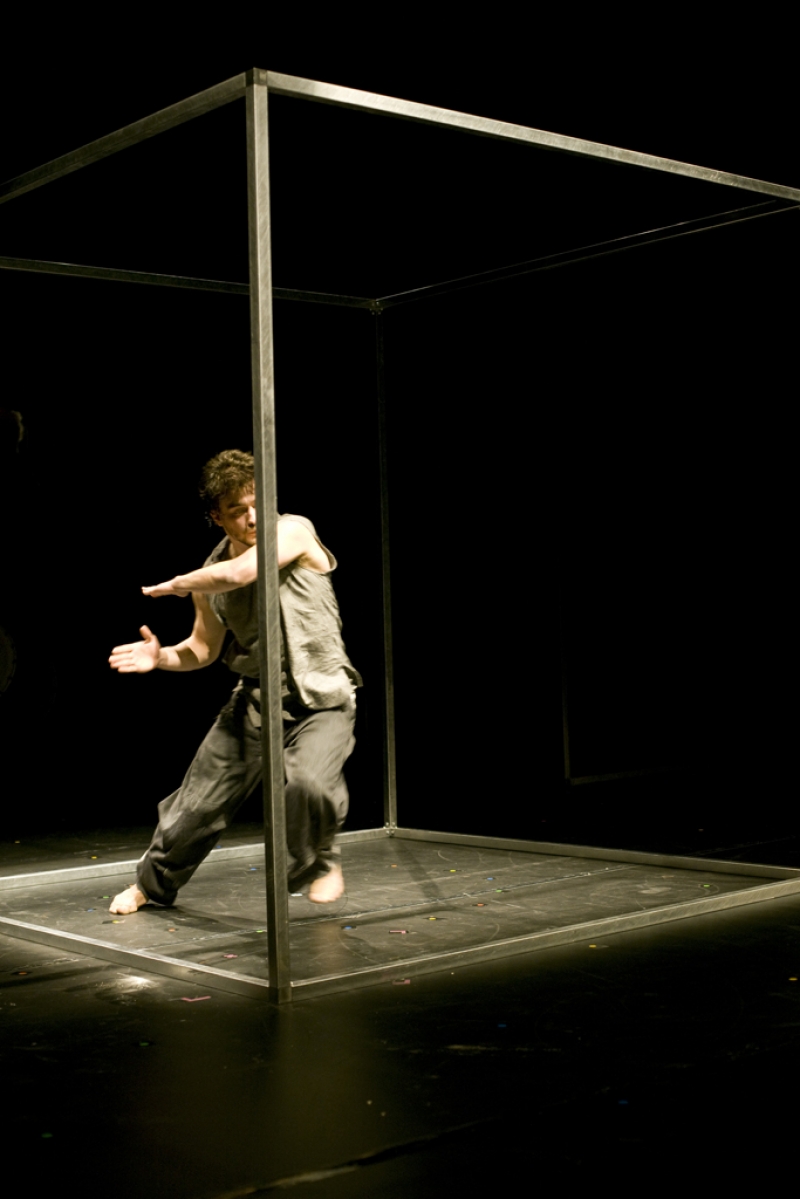
Babel words
Sidi Larbi Chekaoui, Damien Jalet and Anthony Gormley
Sidi Larbi Cherkaoui and Damien Jalet joined forces with visual artist Antony Gormley to create Babel(words), a dance performance that explores language and its relationship with nationhood, identity and religion. Taking the tale of ‘The Tower of Babel’ as its starting point, Gormley’s 5 huge 3-dimensional frames hint at a nameless intersection in a faceless city near the borders that define a no man’s land. We watch as the action flows from private to public, intimacy to extroversion, and the individual to the collective – while choices of faith, space and community are made and we are reminded that to some the tale of Babel represents the gates to enlightenment, to others – chaos, confusion and conflict.


